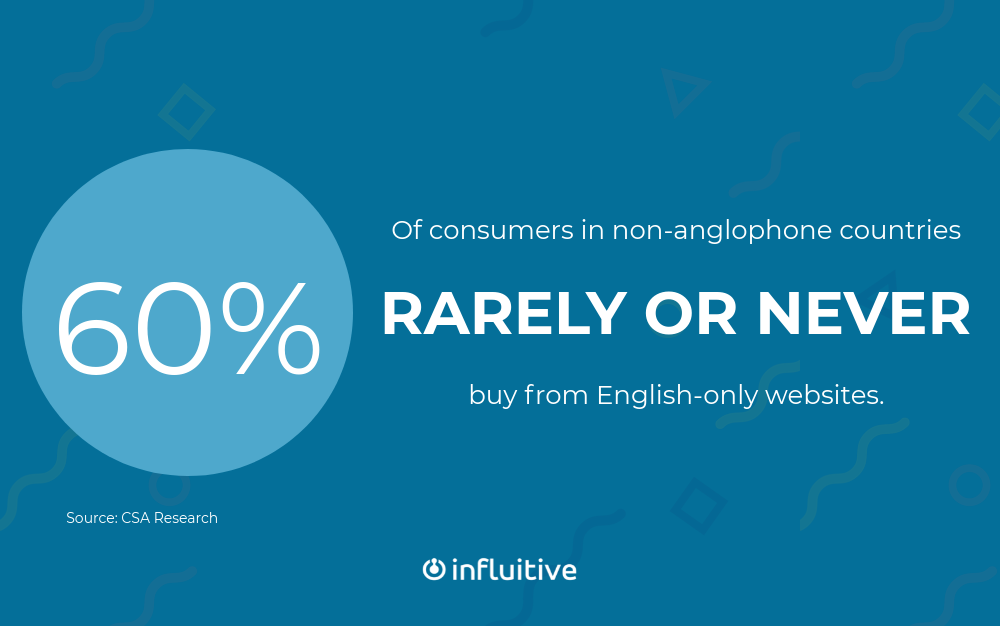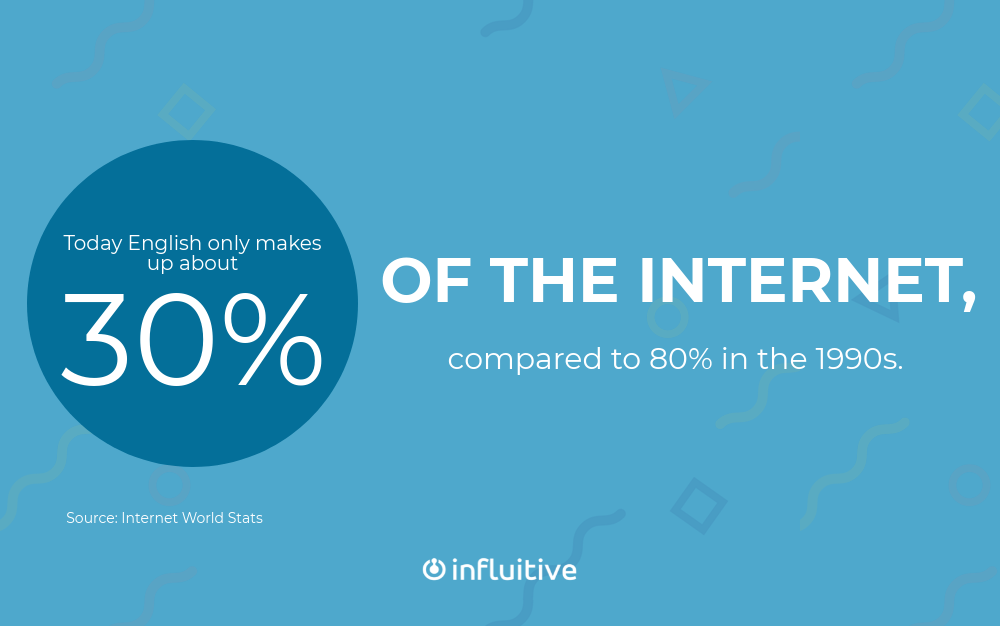The old Dale Carnegie adage is true: “Remember that a person’s name is to that person the sweetest and most important sound in any language.” People thrive on personalization—the feeling that something is special and unique to them—and this is especially true in business.
While email blasts tend to go out to thousands of people, marketers still find ways to tailor communications to individuals and make them feel special. Research reveals that this strategy works: Personalized email campaigns have 29% higher open rates and 41% higher click-through rates than ordinary emails.
Beyond including a recipient’s name in your email subject line, what does personalization look like in a modern marketing context? To deliver completely customized experiences to customers and prospects, marketers need to anticipate what they need, and serve them the right content at the right time—in a format they can understand. For global companies, this means utilizing localized marketing, which is the tailoring of your content based on where your audience is in the world.
Localized marketing is a must for brands operating internationally, and means taking into account cultural differences that inform how audiences will perceive their brand and what their buying behaviour looks like.

Reaching out in the right language

Making your website available in different languages can also make visitors more comfortable, resulting in more leads or purchases. Research shows that 75% of consumers in non-anglophone countries prefer to buy products with descriptions in their native language, and 60% rarely or never buy from English-only websites.
It’s important that your messages are clear and effective—whether they be emails, social media posts, push notifications or alerts—which you won’t get from simply running your copy through an online translation program. There are always nuances and cultural differences that need to be addressed.
Putting effort into your localized marketing by accurately translating your content reflects a truly global perspective, and reinforces your company as a trusted brand deserving of customer loyalty.
In today’s 24/7 connected world, customer advocates can be working for you even when your company headquarters is off the clock. This makes an even more compelling case for localization, because when customers feel empowered to advocate for you wherever they are, you have exponentially more voices to amplify.
Many parts of your organization rely on, or contribute to, advocacy efforts. Marketing, sales, customer success, and product development can all play a role in making your business run on customer power. Each of these disciplines can contribute to, and benefit from, the activities of highly engaged advocates.
These external stakeholders are an important source of product knowledge and can act as pilot or MVP testers. They can provide formal or casual feedback about your product roadmap and give you a different perspective on how your product is used in the real world.
Your development team might derive great ideas—even disruptive ones that can change the face of your industry—simply by interacting with these super-users. It’s therefore in your best interest to communicate with advocates effectively, no matter where in the world they might live and work.
Navigating barriers to participation

Think of a time when you traveled to a place where the main language was different from your own. Perhaps you visited a museum, went to a café, or tried to rent a car—all without command of the same language as the people helping you. Think of how relieved you might have felt to hear someone speaking in your own language, and how much easier your experience could have been.
This type of experience also translates to online interactions. Building connections through a shared language makes people feel included and confident. That’s why you should consider how your global customers will feel navigating your website from any of your touchpoints.
The internet is an increasingly multilingual place. Though English made up as much as 80% of the internet’s content in the mid 1990s, it now accounts for about 30%, with French, German, Spanish, and Chinese taking up large shares. Chinese content alone has accelerated at a blistering pace, growing by more than 1,200% from 2000 to 2010.
If your customers and prospects can’t relate to some or most of your advocacy content due to language issues, they may get the impression that their participation as an advocate could be limited.
Even people who are proficient in multiple languages may feel hesitant to use their second or third languages in public speaking, focus groups, online communities, or creating blog posts or articles. They may be reluctant to provide quotes or appear in videos for case studies or other assets. By creating localized marketing initiatives, you can ensure you aren’t limiting your pool of talented and engaged customer advocates who want to help you spread your brand message.
Expanding your global horizons
Brands who are already established internationally, or who are just beginning to go global, do have the capability to provide customers with a better advocate experience by expanding the program to include multiple languages. Generally, a truly global enterprise works in up to seven different language markets—with many looking to double that footprint year over year. If this isn’t true of your own brand, it’s likely true of your competition. So, now is the time to build and execute a localized marketing strategy.
Just as there are marketing automation platforms to handle many aspects of content distribution, there are language service providers, or LSPs, that can handle localization work. Not only will LSPs help you communicate in different languages, but they will also assist you in maintaining sensitivity around different cultural norms. Using an LSP will provide the skills and experience you need for developing campaigns with a global perspective right from the start, saving time and money in the future.
Collecting the rewards
As you expand into global markets, you’ll be able to collect more data and get more business insights that can help you maintain a competitive edge. What do customers in Brazil want? What content gets the most engagement in Korea? What can you learn about buying habits in Italy? Your investment in localization may provide you with some unexpected benefits, not to mention a stronger network of global advocates.












































